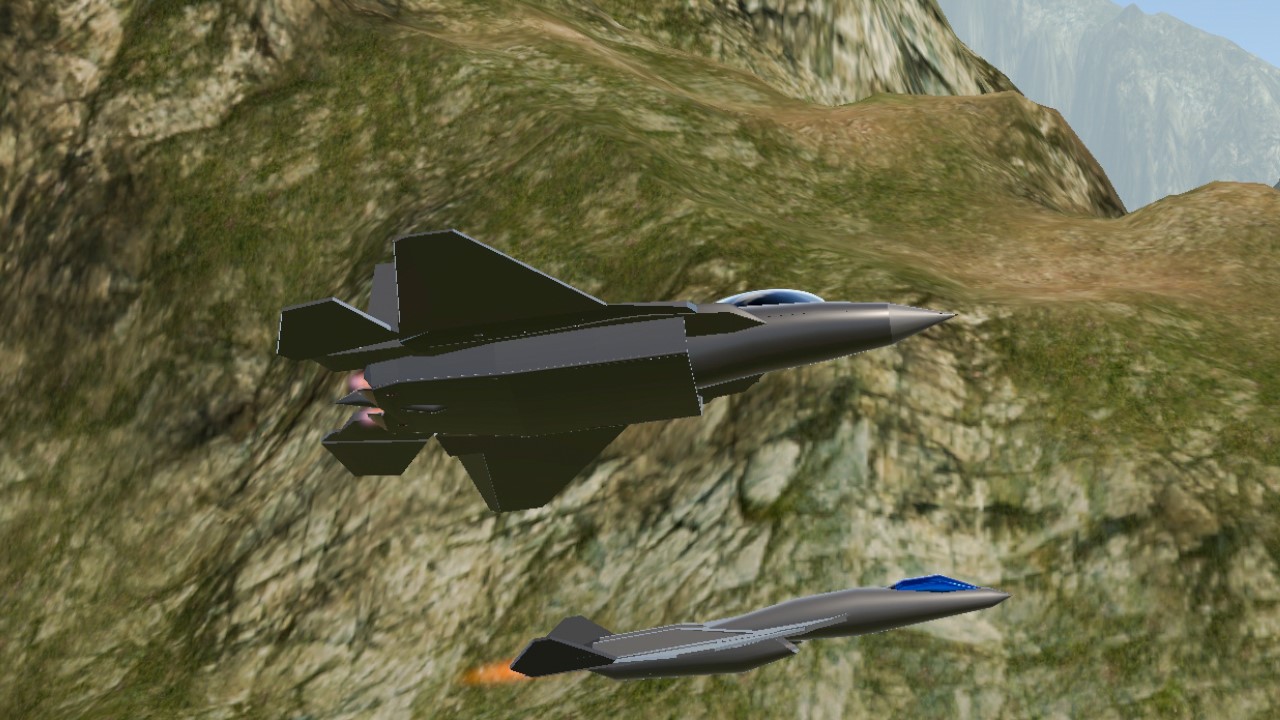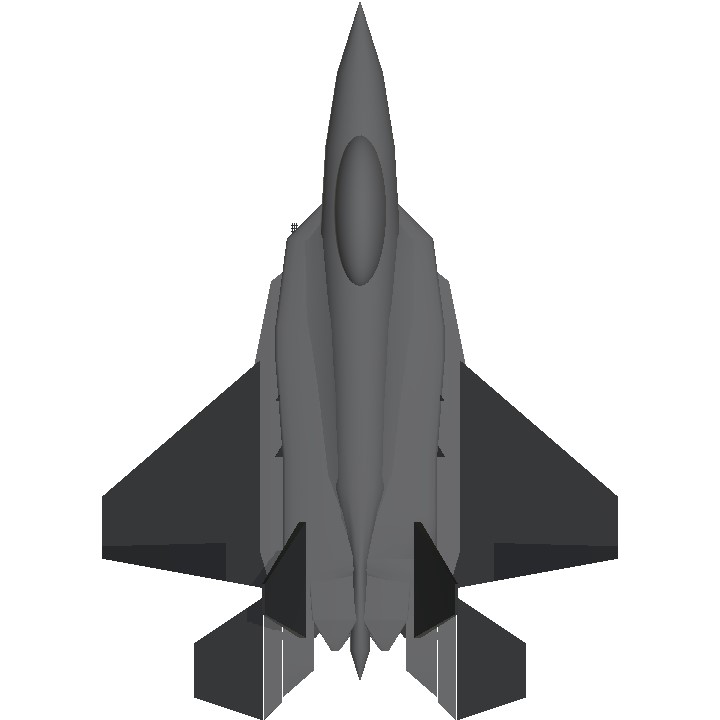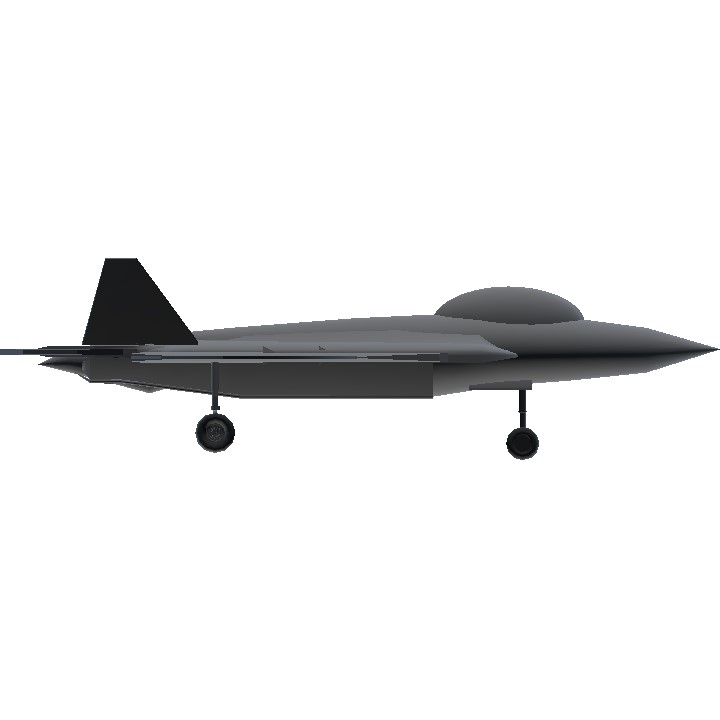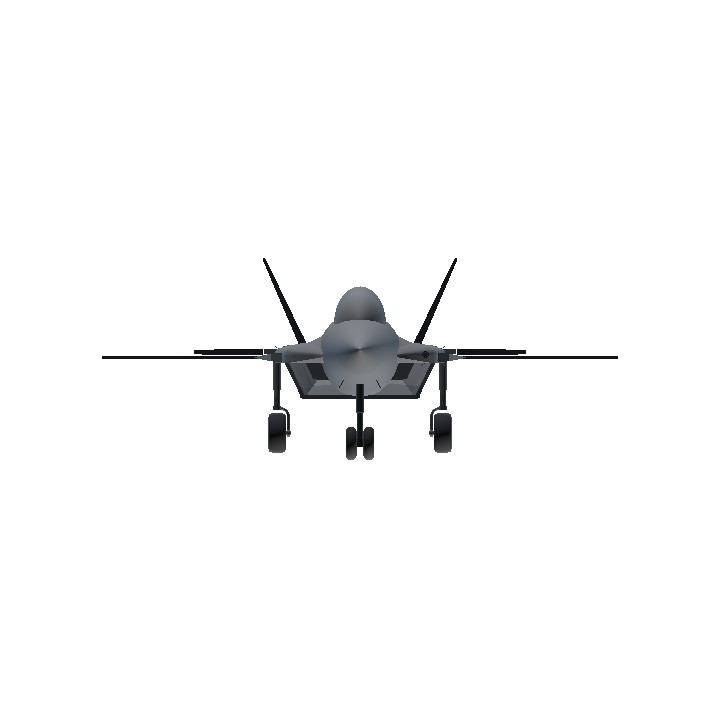The F-22 Raptor is one of the most advanced and capable fighter aircraft in the world, and its origins can be traced back to the Cold War era, when the need for advanced air superiority weapons became apparent. The story of the F-22 encompasses technological innovation, changing military strategies, and the evolution of air combat.
Historical Context
Cold War Tensions: During the late 20th century, especially the 1970s and 1980s, military planners recognized the increasing capabilities of Soviet aircraft, particularly the Mikoyan MiG-29 and Sukhoi Su-27, which posed a significant threat to U.S. air superiority. The development of these advanced fighters led the U.S. to reevaluate its own air combat strategy and technology.
The Air Superiority Initiative: In response to these challenges, the U.S. Air Force initiated the Advanced Tactical Fighter (ATF) program in 1981, aiming to develop a next-generation air superiority fighter that could counter advanced enemy aircraft. The focus would be on achieving air dominance through innovative technologies and stealth capabilities.
Development Phases
Technology Development: The ATF program emphasized several key technologies that would differentiate the F-22 from its predecessors. These included:
- Stealth: The design aimed to minimize radar cross-section using innovative shapes and materials.
- Supercruise: This would allow the aircraft to maintain supersonic speeds without afterburners, enhancing range and reducing radar visibility.
- Advanced Avionics: Integration of cutting-edge sensors and information processing systems to give pilots superior situational awareness.
Concept Development: In 1986, the ATF program formally began with a series of design competitions and evaluations. Multiple contractors were involved, with the primary competitors being Lockheed Martin (in partnership with Boeing and General Dynamics) and Northrop Grumman. The selection process was rigorous, considering factors like performance, technology readiness, and cost.
Prototype and Testing
Prototyping and Selection: In 1991, after extensive evaluation, the Lockheed-led team was awarded the contract to develop the YF-22 prototype, while Northrop developed the YF-23. The YF-22 featured innovative design attributes, including its distinctive diamond-shaped wings and canted tail fins.
Flight Testing: The YF-22 made its first flight on September 29, 1990, demonstrating impressive maneuverability, speed, and stealth capabilities. The YF-23 was also tested but ultimately the YF-22 was deemed superior in various areas, leading to its selection for production in April 1997.
Production and Service
Entering Production: The F-22 Raptor officially entered production in the late 1990s, with the first operational aircraft delivered to the U.S. Air Force in 2005. The initial operational capability (IOC) was declared in December 2005, marking the beginning of its service with Air Force units.
Combat Capability: The F-22 was designed not only for air-to-air combat but also for precision air-to-ground strike capabilities, intelligence, surveillance, and reconnaissance (ISR). Its high speed, agility, and advanced avionics allowed it to establish air superiority in contested environments.
Operational Use: Although the F-22 was initially designed for the Cold War paradigm, it has seen deployments in various conflicts, including operations in the Middle East, where its capabilities have been crucial in enforcing air dominance and providing support to allied forces.
Conclusion
In conclusion, the F-22 Raptor represents a significant leap in military aviation technology, influenced by geopolitical dynamics and technological evolution. Its design and capabilities reflect decades of research and development, aimed at ensuring that the United States maintains its air superiority in a changing global landscape. While the program faced budgetary challenges and debates over its necessity, the F-22 has proven to be an invaluable asset to the U.S. Air Force, representing a blend of cutting-edge technology and strategic foresight. It continues to serve as a model for future generations of fighter aircraft, highlighting the importance of innovation in military aviation.
Specifications
General Characteristics
- Predecessor [AI PLANE MAKER]
- Successors 2 airplane(s) +21 bonus
- Created On Android
- Wingspan 54.7ft (16.7m)
- Length 76.6ft (23.4m)
- Height 21.4ft (6.5m)
- Empty Weight N/A
- Loaded Weight 25,193lbs (11,427kg)
Performance
- Power/Weight Ratio 3.8
- Wing Loading 28.9lbs/ft2 (141.2kg/m2)
- Wing Area 870.9ft2 (80.9m2)
- Drag Points 6561
Parts
- Number of Parts 98
- Control Surfaces 2
- Performance Cost 630





"80s aircraft can't look futuristic, it can't hurt you 🗣"
This MF:
@ShinyGemsBro 🗿
That's more YF-22 than the actual Raptor just from the general profile/shape of the airframe